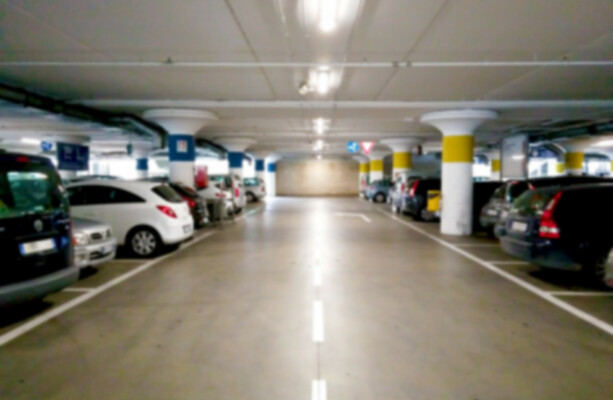Tesla puts the charge ports in the back of the car, similar to where you would put a fuel cap for an ICE car. The problem is, while gas pumps are designed for short, drive through stops and let you pull up beside them, virtually all charging stations I’ve seen are designed as parking spaces, meaning you have to back into them to get the cord to reach. For a 2 car garage, only one stall will let you conveniently place a wall connector. For the other you would either need to back in run the cable from the front of the car or run it across the back of the car.
It would seem to make much more sense to place the charge port at the front of the car like the Leaf. Does anyone know why Tesla puts it at the rear?
It would seem to make much more sense to place the charge port at the front of the car like the Leaf. Does anyone know why Tesla puts it at the rear?





